MICRO INVERTERS AND AC SOLAR PANELS: THE FUTURE OF SOLAR POWER?
(Micro inverters are just one form of what’s known as “PLO” – Panel Level Optimisation.
In the beginning, there were solar panels that produced electricity as Direct Current (DC) – the same kind of electricity that you get out of batteries.
To make that electricity useful for powering appliances or connecting to the grid, it was converted to Alternating Current (AC) using a big box of electronics called an inverter.
In grid connected systems, the solar panels were connected together in series (called strings) to create higher voltage DC, which is good for reducing losses. However, this also created some problems.
That’s why the Micro-inverter was invented.
Micro Inverters
A micro-Inverter is simply a miniaturised inverter, sized to suit individual solar panels rather than a string of solar modules.
They aren’t new; they first appeared in the late 1990’s but arguably it was a bit too early and the technology suffered from reliability issues and high prices. In the last few years, though, they ha
ve re-surfaced and are starting to really take off.
Around the world there are at least 21 different brands of micro inverters, but in Australia, the most common brand by far (and the only one I’d use) is Enphase.
Here’s what one of the little fellas looks like next to its conventional alternative, a big, bad string inverter.
AC Solar Panels
An AC solar panel is simply a solar panel that has been fitted with a micro inverter so that it produces Alternating Current instead of Direct Current.
A typical “Series String” array
Most of the solar panels installed in Australia right now are configured like this, with one big inverter and one big DC voltage. If that 600V DC arcs then there’s going to be a bang! And possibly a fire (which is why you should never skimp on installation cost).

A typical “AC Solar Panel or Micro Inverter” array

What’s good about AC Panels and micro inverters?
There are a number of complexities caused by the traditional way of connecting solar panels together (in a series string) which Micro Inverters can help overcome including:
High Voltage DC
High Voltage DC produced by a series string solar power system can create a risk of very high temperature arcing and potentially fire. Because micro inverters convert to 240V AC, the potential for this to occur is greatly minimised.
Switchgear
High voltage DC requires relatively expensive protective switches and fuses. By using AC, switchgear is more commonly available and thus cheaper.
Shading
To make this all a little more entertaining, I’ve put together a video discussing shading and solar panels. If you don’t particularly feel like watching, feel free to skip it and just read the summary below.
When solar panels are connected together in a series string, shading just one of them can dramatically affect the entire array (kind of like standing on a hose).
As an example: Here’s an array of 3 solar panels connected to a conventional, central inverter. One of the panels has been pooed on by a bird, which could easily reduce its output by 50%. However, it will also reduce every other panels’ output by the same amount:
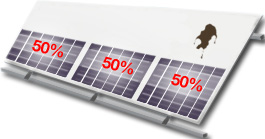
But by having a micro inverter on each solar panel, the outputs are completely independent of each other. So that bird poo is going to only affect the soiled panel:
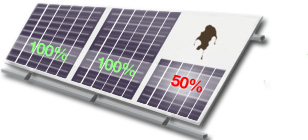
According to the US National Renewable Energy Laboratory, this effect can yield as much as 12% more energy over a year.
But – what has been the conventional thinking over years may need be revisited as string inverter technology has evolved. In a field test in 2021 that pitted a Fronius Gen 24 string inverter against En* microinverters, there was very little difference in how both handled varying degrees of shade across a single panel.
Whether this finding will turn out to apply across the board remains to be seen, but a report on a study of 200 solar systems in France published late in 2001 concluded there was no performance advantage to microinverters over string inverters generally.
Solar panel mismatch
When solar panels are made, they each have slightly different electrical characteristics due to imperfect manufacturing tolerances. When you connect them together in series string, this effect is called “mismatch”. Micro inverters can adapt to the individual characteristics of each panel, avoiding mismatch.
Maximum Power Point Tracking
Like the effect of mismatch, different electrical characteristics also create different Maximum Power Points for each solar panel. The maximum Power Point is the perfect point for extracting maximum power from a solar panel and micro inverter attached to individual solar panels can therefore target this point better.
Monitoring and fault finding
Almost all inverters have some level of monitoring and fault finding however; it can only see the combined output from every solar panel in the series string. A micro inverter however, can monitor each solar panel individually, allowing you to easily identify exactly what’s happening more quickly and easily.
Factory fitted
Assembling and connecting components in a factory environment is inevitably a more controlled environment and can potentially save time and money. A number of solar panel manufacturers now factory assemble micro inverters to produce AC Panels.
Redundancy
If your series string inverter develops a fault, your entire solar array stops producing power until it is fixed. If a micro inverter develops a fault, the remaining units can continue to operate, so you should have a more reliable system.
Modularity
Series string inverters can only accept specific number of solar panels per inverter, so it’s not always possible to simply add a few more panels at a later date. AC Solar Panels, however, can be added much more easily because they are independent of each other – though adding a handful of panels to an existing array won’t be cheap.
Orientation
In a series string, all your solar panels need to be connected in the same orientation so they are combining to produce the right voltage at the same time to fire up the inverter. Because they operate independently, AC solar panels can be oriented in any direction and will not affect the operation of other solar panels.
What’s bad about AC panels and micro inverters?
Nothing is perfect, and micro inverters do have some downsides:
They’re on the roof
If your micro inverter develops a fault, someone has to get up on the roof and disconnect it from under your solar panel. This can add time and cost, compared to simply taking a series string inverter off the wall.
Weather effects
Because Micro Inverters are on the roof (albeit under the solar panels) they do suffer from more extremes of weather including heat, cold and moisture. This means they have to be really carefully built and in many cases, use electronic components that are more robust than would otherwise be required. As a general rule, extremes of temperature reduce the efficiency of electronic devices and shorten their life.
Efficiency
Although they are getting close, micro inverters have not yet reached the same efficiency levels of series string inverters, so they can’t convert as much solar energy into electrical energy.
Price
Again, they are getting close, but a micro inverter system will add about 20-30% more to the cost of a solar power system compared to one using a conventional string inverter system.
But Tentek microinverter can install easily in anywhere. There are no restrictions on the installation location, it can be placed in any corner, and it is not necessary to put it together with photovoltaic panels. Tentek micro-inverter can realize the home energy storage function, and the conversion efficiency is also close to that of traditional inverters.
When is an AC Solar Panel or Micro Inverter a better choice?
As you can see, there are a number of advantages to AC solar panels using micro inverters. The most common reason people choose them is because they have shading or they need to use different orientations on their roof to generate the power they require.
An increasing number of people are also choosing micro inverters because they are prepared to pay a premium to avoid mismatch, increase their redundancy and allow for future expansion. The other benefits described tend to strengthen the case and some people just love the idea of having the latest/newest technology.
Clearly, if you have shading or sub optimal orientation micro inverters are an ideal choice and could end up being cheaper in the long run because they will produce more energy.
Beyond this, micro inverters become a personal choice about how much you are prepared to pay balanced against the extra features and advantages.
Who sells AC solar panels and micro inverters?
We know of many Micro Inverter manufacturers around the world
A growing number of distributors and dealers can access micro inverters and fit them to pretty much any solar panel you like.
But a microinverter with storage fuction, only Enphase and Tentek.
The last word
A few readers have asked if AC inverters represent a “Do-It-Yourself” option and the short answer is no, although it is tantalisingly close. Because you are dealing with 240V AC power, a licenced electrician is still required to connect them and for rebates or FIT’s you’ll need an accredited installer.
Just how much of the market micro inverter equipped AC solar panels take remains to be seen, but one thing is for sure; they do solve some hairy problems and have a big future.
If they can get the cost down just a little bit more, then they may well become the dominant solar inverter technology, with the big centralised inverters joining all those mainframe computers in the big electronic scrapyard in the sky.
From solarquotes


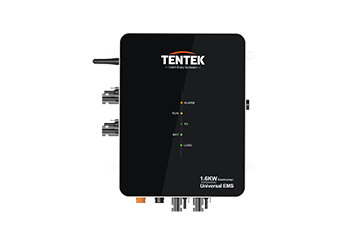
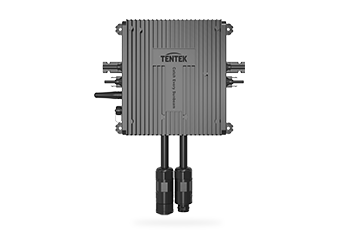
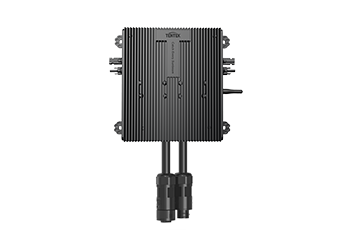
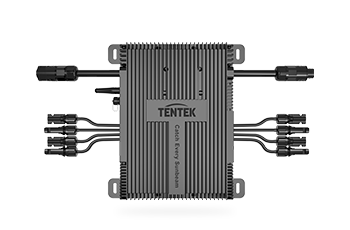
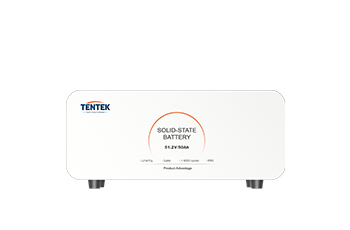
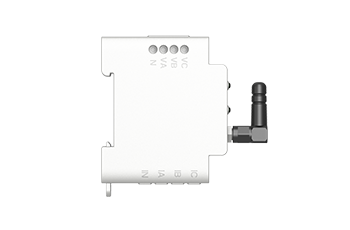
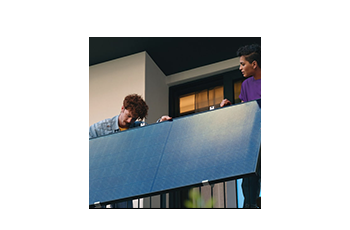
 FAQ
FAQ Download
Download Service
Service Tentek
Tentek News
News Honor
Honor Contact
Contact Message
Message Join
Join